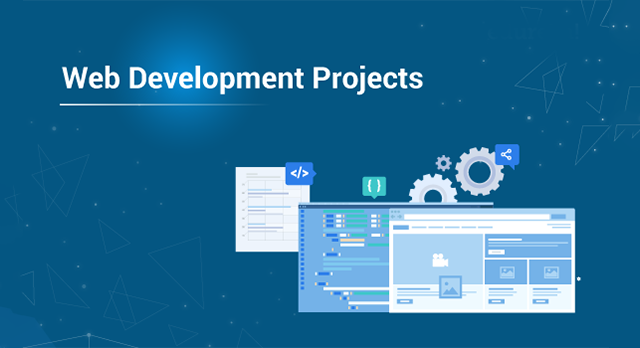In the fast-paced world of technology, the demand for web applications is continually rising, prompting developers to seek efficient strategies in the development process. One such approach gaining prominence is Progressive Web Application (PWA) development. In this article, we explore how adopting PWA principles can maximize efficiency in web app development projects.
The Pinnacle of Web App Evolution: Progressive Web Applications
Progressive Web Applications represent a modern approach to web development, combining the best features of traditional web pages and native mobile applications. The key advantage lies in their ability to offer a seamless user experience across various devices and platforms, while also providing offline functionality.
1. Responsive Design and Adaptive Layouts
Efficiency in web app development begins with responsive design. PWAs are designed to adapt to different screen sizes and resolutions, ensuring a consistent and visually appealing experience for users. By prioritizing responsive design, developers streamline the process of creating a single codebase that caters to both desktop and mobile users.
2. Faster Load Times with Service Workers
Service workers, a crucial component of PWAs, enable offline functionality and significantly enhance performance. These background scripts cache essential assets, allowing the application to load quickly, even in low or no network connectivity situations. By reducing loading times, developers enhance user satisfaction and engagement.
3. Seamless User Experience
PWAs excel in providing a seamless user experience by eliminating the need for app installations. Users can access the application directly from their web browser, eliminating the friction associated with traditional app downloads and installations. This not only simplifies the user journey but also reduces the workload for developers.
4. Cross-Browser Compatibility
Efficient web app development involves creating applications that work seamlessly across different browsers. PWAs, designed with cross-browser compatibility in mind, eliminate the need for extensive testing and debugging on various platforms. This results in a more efficient development process, as developers can focus on building features rather than fixing browser-specific issues.
5. Push Notifications for Improved Engagement
Enhanced user engagement is a hallmark of PWAs, thanks to the incorporation of push notifications. Developers can leverage push notifications to keep users informed about updates, promotions, or other relevant information. This direct communication channel not only boosts user engagement but also adds value to the application.
6. Streamlining Development with Progressive Enhancement
Progressive enhancement is a core principle in PWA development, emphasizing the importance of creating a baseline experience for all users while progressively adding advanced features for those with capable devices and browsers. This approach allows developers to prioritize efficiency by delivering a functional product to a broader audience while continually enhancing it for users with modern browsers and devices.
Conclusion
In conclusion, maximizing efficiency in web app development projects is an ongoing pursuit, and Progressive Web Application development emerges as a key strategy in achieving this goal. By embracing responsive design, leveraging service workers for faster load times, ensuring cross-browser compatibility, and incorporating features like push notifications, developers can streamline their workflows and deliver high-performance web applications that meet the evolving expectations of users in today’s digital landscape. As the demand for efficient web app development grows, PWAs stand as a testament to innovation in creating robust, user-friendly, and highly efficient web applications.


























